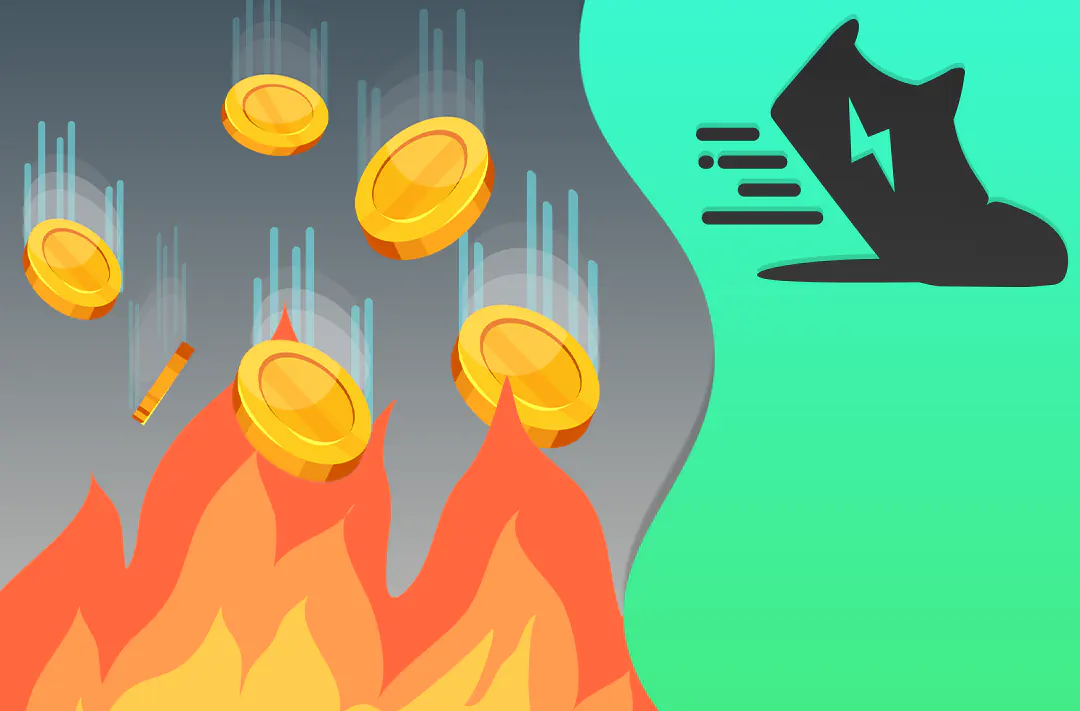STEPN to buy back and burn GMT tokens
The total amount of coins burned will exceed $6 million

13.07.2022 - 09:45
444
2 min
0
What’s new? The STEPN project will allocate 5% of its earnings from platform fees for the second quarter of 2022 to buy back and burn governance tokens GMT. Revenue for this period, according to a press release, amounted to $122,5 million, $6,125 million of which will be used to burn coins. As of July 13, 10:30 UTC, GMT is trading at $0,876, having gained 3,94% in 24 hours, according to Binance.
What else will the funds be allocated to? The team noted that the platform’s security and server capacity need to be improved amid more frequent DDoS attacks. Artificial intelligence will also be improved to detect, among other things, the use of bots for mining and faking user movements, it is noted that this allows cheating by imitating activity and receiving additional rewards.
STEPN will also expand its team by hiring specialists in the fields of tech development, engineering, marketing, and public relations. In addition, the company will hire lawyers to advise on issues related to the NFT marketplace and decentralized exchange (DEX) DOOAR, the launch of which was announced in June.
STEPN is a Move-to-Earn (M2E) blockchain game launched in August 2021. Users purchase sneakers in the form of NFT and can then earn from their physical activity. The game has two types of tokens: GST, in which payouts take place, and GMT, governance tokens.
Earlier, crypto analyst Colin Wu released a report criticizing the STEPN blockchain game. According to him, the project has signs of a Ponzi scheme and also resembles a virtual casino, as the rarity of the NFT sneakers purchased by users, on which their earnings depend, is determined randomly. Wu argued that the number of users of the project is growing rapidly and that developers are releasing native governance tokens GMT too quickly.
Useful material?
Market
Earlier, the community criticized the project for its lack of transparency, which led to a sharp drop in the HYPE token price
Jan 8, 2025
Market
Rising US Treasury bond yields are negatively affecting risk assets
Jan 8, 2025
Mining
The Avalon Mini 3 is available for pre-order at $899
Jan 8, 2025
Market
The exchange obtained the documents as part of the Freedom of Information Act proceeding
Jan 6, 2025
Market
According to the preliminary plan, the free coin giveaway will take place in January 2025
Dec 27, 2024
Market
The fund’s issuer will be Donald Trump associate Vivek Ramaswamy’s Strive company
Dec 27, 2024









 Telegram
Telegram  Twitter
Twitter